Visionary now drilling at Wolf project, a neglected historical gold camp in Wyoming
By James Kwantes
Resource Opportunities
Junior exploration projects are notorious for their pitfalls. Lack of minerals is the obvious fatal flaw; others run the gamut from geology and geography to social licence and permitting, with other risks in between.
Venomous snakes slithered onto that list at the last gold project Wes Adams worked on, deep in the jungles of Guyana. This was no metaphorical jungle: one day Adams had a close encounter with a parrot snake, a nocturnal serpent that relies on ambush, not hunting, to ensnare its prey. “I went to go take a shower and there was a parrot snake in there waiting for me,” Adams says with a chuckle.
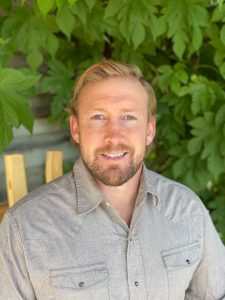
Adams escaped unscathed and the gold project, Toroparu, survived too. It eventually grew to 10.5 million ounces (all categories); Toroparu owner GoldX Mining, formerly known as Sandspring Resources, was purchased by Gran Colombia Gold earlier this year for $315 million. Measured and indicated grades at Toroparu are 0.91 g/t gold (plus silver and copper credits) and recent drilling has identified zones of higher-grade mineralization.
Wes’s father John Adams and his business partner Rich Munson worked an oxide gold mining operation in Guyana before drilling underneath and hitting the Toroparu mineralization. They developed Toroparu privately for several years, with Wes playing a key role, before vending it into Sandspring in 2009.
When they got started, the only way in was through boat or helicopter. Later, Wes’s trips to Toroparu required a flight into Georgetown, Guyana’s capital, followed by an hour-long riverboat ride and a bumpy 10-hour drive through the jungle in a Bedford army truck.
That road didn’t exist when Wes started working at Toroparu in his early 20s. He operated as a kind of high-level jack of all trades. Tasks included running the oxide gold mining operation, overseeing the camp build and running a 60-man camp at age 23 (an airstrip was added later), surveying the 140-kilometre road into camp and spearheading construction of long stretches of the road.
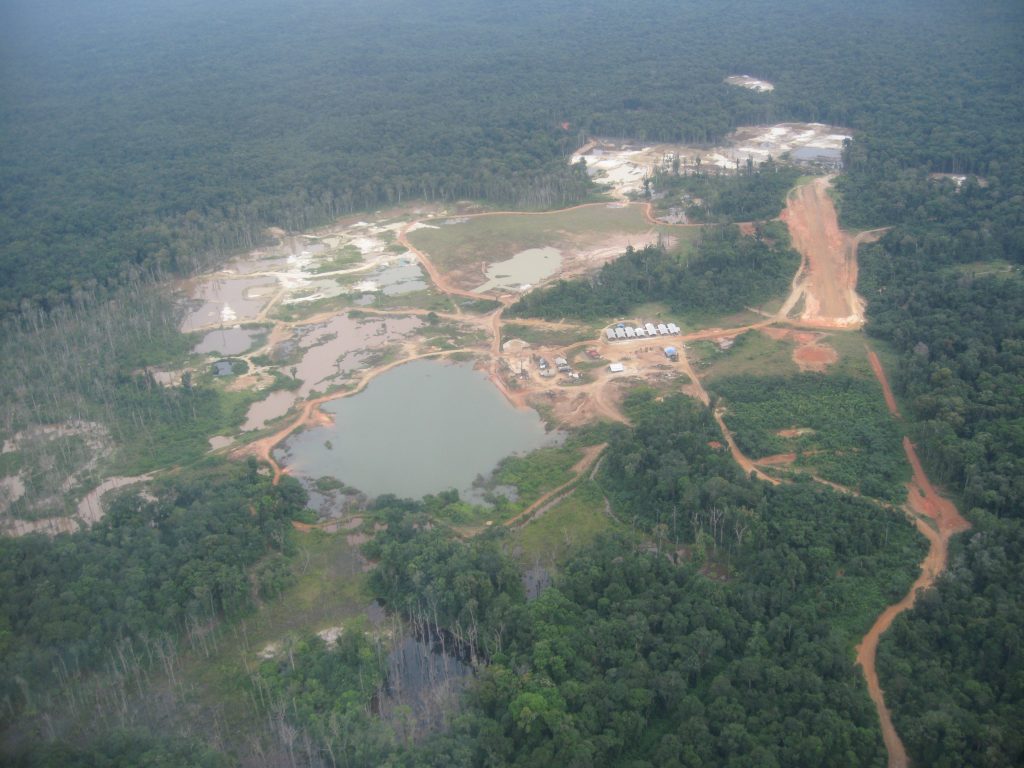
A NEW GOLD COMPANY
Adams’s latest venture, Visionary Gold (VIZ-V), is drilling a project much closer to home and with established infrastructure. Visionary’s flagship Wolf orogenic gold project is in central Wyoming, about a five-hour drive from Adams’s ranch home near Steamboat Springs, Colorado. Visionary has consolidated a 50-sq-kilometre land package in a historical gold district — the Lewiston camp — that has seen no modern exploration.
Visionary recently raised $3.5 million through the sale of 18-cent units (one share, one 2-yr half-warrant exercisable at 27c) to drill Wolf. Adams put $225,000 into the upsized financing, taking his stake to 10.78 million Visionary shares, or about 15% of the company. Adams and other insiders kept the company (formerly Galileo Exploration) afloat during the dormant years before it acquired Wolf.
Visionary is drilling an initial 3,500-metre program and is funded to add metres as merited. Company geologists have identified five separate gold-bearing structures that they plan to advance. The first drill target is a geophysical anomaly directly below high-grade surface mineralization at the historical Wolf mine.
The drilling comes after a year of land acquisition as well as grassroots exploration that included sampling, geochemical surveys, mapping and geophysics. Visionary has identified a shear zone that outcrops at surface and has been mapped for more than one kilometre. A 2020 channel sample across the strike of the mineralized shear yielded 5.19 grams per tonne (g/t) gold over 10.25 metres including 39.19 g/t over 1m. Other channel samples included 8 metres of 2.13 g/t Au and 2m of 5.67 g/t.
Small-scale high-grade orogenic lode gold workings litter the Lewiston and South Pass gold trends. The Wolf is one of more than two dozen mines in the area that are estimated to have collectively produced more than 500,000 ounces. Gold was first discovered in the 1840s and production continued until 1956.
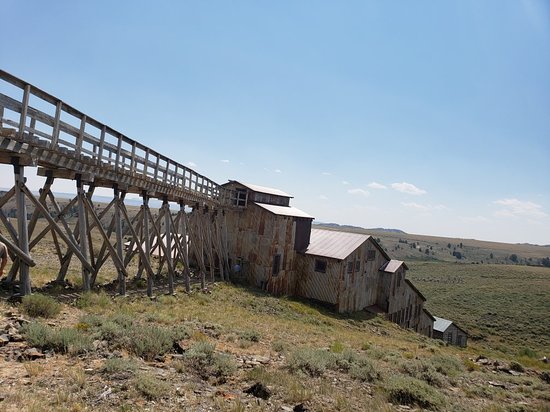
Visionary started by acquiring a 10-square-kilometre claims package that included the Wolf claims. The company has since doubled its land position twice, most recently (on May 10) purchasing a nearby claims package from Innovative Exploration Ventures, a private company, for $99,000 in Visionary stock. The deal was for 6,000 acres of state leases and unpatented mining claims and also comes with a state-wide geological database including airborne magnetics, geochemical data, mapping and drill-hole records. Two geologists from Innovative’s team will assist the exploration program on the new land package.
FROM WILD WEST TO COWBOY STATE
The focus now is the “Cowboy State” but those early days at Toroparu were more like the Wild West, jungle edition. Prospectors emerged out of the bush and mini-towns popped up as Adams and his crew carved a road out of the dense bush.
During one trip into the project, Adams drifted off to a fitful sleep in the back of the Bedford. When he woke up, the truck was lurching through a town he had never seen before.
“I went to the driver and asked, “Where are we? I don’t recognize this, we’re not on the road to Toroparu.”
The driver replied, “Yes we are. The Brazilians made an alluvial diamond discovery here and built a town.”
Adams says: “There were stores, rum shops, a hotel, a discotheque, a brothel. There was clearly money being made and spent. It was like the Wild West in the middle of the jungle, with everything that comes along with that.”
After the successful reverse takeover that created Sandspring, Adams spent about four years as Sandspring’s investor relations director. In that role, he developed important capital markets relationships and raised almost $100 million in equity towards the development of the project.
In 2014, Adams switched focus from Guyana to the Powder River Basin. He founded and then operated Energy Fuels Environmental, a private Wyoming-based oil and gas environmental services company. After building up the business, he sold it to Tallgrass Energy, a major midstream energy company, in 2017.
THIRD-GENERATION MINER
Adams spent a lot of time trekking around Wyoming’s Lewiston gold district assembling Visionary’s land package. He’s following in the footsteps of both his grandfather, Robert (Bob) Adams, who discovered uranium in Wyoming and built Colorado’s largest coal mine, and his father, who took over the family’s private uranium company and later found gold at Toroparu.
They’re rather large footsteps. When the United States entered the Second World War, Bob Adams enlisted and served as a bombardier. While his plane returned from a bombing run to Berlin, it was shot down over Germany. Adams was captured and imprisoned in a Nazi prisoner-of-war camp for a year, later escaping with the help of a German family. Upon his return to Wyoming after the war, he went into business with his father, who owned a milk plant, hotel and restaurant in Rawlins, Wyoming.
At the restaurant, geologists and prospectors would come in talking about uranium after scouting for the mineral in nearby hills. Adams took note. He found a wealthy physician, Dr. C.W. Jeffrey, to financially back him and began to prospect for uranium himself on the hills above Rawlins. Adams bolted radiation detectors that could identify uranium occurrences onto the wings of his private plane. He eventually hit pay dirt, identified an economic ore body and built Wyoming’s first uranium mill. The company town, Jeffrey City (named for the doctor), grew to a population of 4,000 people. Adams sold one of his first companies, Western Nuclear, to Phelps Dodge.
His later private company, Energy Fuels, was a predecessor to the public uranium company of the same name. It was America’s largest uranium producer during the 1980s and early 1990s while the United States was the world’s largest producer of yellowcake. Wes’s father John took over Energy Fuels when Bob Adams died in 1982.
The Adams family connections extend to Colorado, where Energy Fuels operated the state’s largest coal mine. The Steamboat Springs airport is named Bob Adams Field; Wes’s father John was a former 40% owner of the NFL’s Denver Broncos. It’s an impressive family pedigree, one that has helped Wes pick up claims from prospectors as Visionary consolidates a land package in a state where his grandfather was a mining pioneer.
TOP TEAM
Wes’s interest in Wyoming gold exploration was piqued by a book. The author, acclaimed geologist Dan Hausel, investigated Wyoming’s gold and copper occurrences during a long career with the Wyoming Geological Survey. In the book, Hausel identified the Wolf mine as the likeliest location for an economic gold deposit in Wyoming.
“The reason I’m doing this is because I read one of Dan’s books,” Adams said. “I circled that passage and started there.”
Hausel, one of the 2009 Thayer Lindsey Award winners for the Donlin Creek gold discovery in Alaska, is now a member of Visionary’s exploration advisory board. Both the size and quality of the advisory board are rather rare for a junior exploration company. It suggests that Visionary could become something more than a single-asset exploration company.
Mining has always been the backbone of Wyoming’s economy, and without it, communities begin to disappear.
Wes Adams, Visionary Gold CEO
“We’re always on the lookout to add high-quality assets,” Adams says.
Visionary’s latest advisory-board appointment, Stan Dempsey Sr., illustrates the high level of experience and expertise on Visionary’s team. Dempsey is the founder and former chairman of Royal Gold, which he started as a small oil-and-gas play and developed into a dividend-paying royalty powerhouse. Royal’s cornerstone royalties are on the Cortez gold mining complex, a series of high-grade open-pit and underground mines operated by Nevada Gold Mines. Dempsey is based out of Golden, Colorado and will help Visionary on ESG issues.
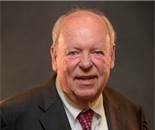
The Mining Hall of Fame member joins an experienced roster of geologic advisors, who have been credited with several discoveries of world-class mines. Some of them started their careers working for Wes’s father at Energy Fuels and all have worked in Wyoming.
There is also orogenic gold expertise at the board level. Director Darren Lindsay is a geologist with experience in Archean greenstone belts in Nunavut and Ontario. Director Marc Blythe is a mining engineer currently working as a consultant at Evolution Mining’s Red Lake gold mine, where his roles have included mine manager as well as planning and geology manager.
Visionary has high insider ownership for a junior exploreco. Wes and John Adams own a combined 27% of shares and management, directors and other close associates take the total to about 75%. With a modest valuation of $12 million and a small float, the share price could move hard if the company hits high-grade gold in this drill campaign.
A MINING REVIVAL
When Adams drives from his Steamboat Springs home to Visionary’s Wolf project along Highway 287, he passes through the former boomtown built by uranium and his grandfather. Time has not been kind to Jeffrey City (below). When uranium prices fell off a cliff, so did the city’s population: 95% of residents left in three years. What remains is a dusty ghost town of empty buildings and ramshackle homes, where tumbleweeds have replaced residents.
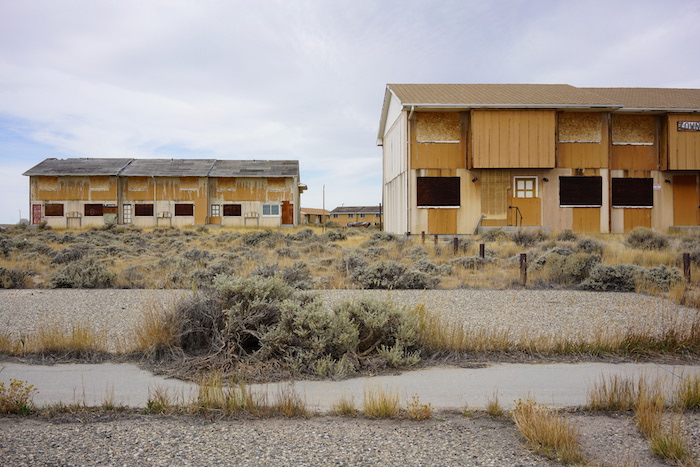
Today, there are echoes of Jeffrey City’s fate in Wyoming’s many coal towns, which are depopulating as the world transitions from coal to cleaner forms of energy. In addition to making money for shareholders, Wes is motivated by the prospect of reviving a gold mining industry in a state where family roots run deep.
“Mining has always been the backbone of Wyoming’s economy, and without it, communities begin to disappear,” Adams says.
“The opportunity here is to transition from fossil fuels to more valuable commodities like gold and copper, which can be mined with much smaller footprints and far less environmental impact.”
Disclosure: James Kwantes owns shares of Visionary Gold and the company is a sponsor of Resource Opportunities. This article is not financial advice and all investors need to perform their own due diligence, especially in the junior mining sector.
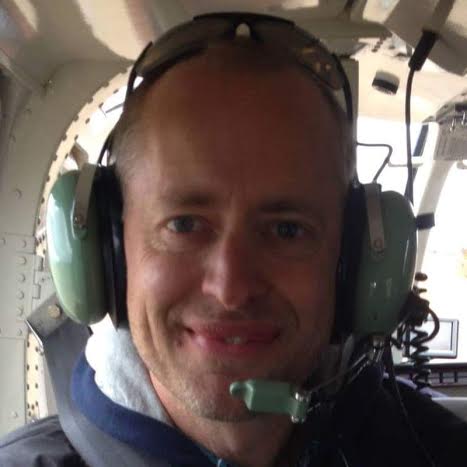 James Kwantes is the editor of Resource Opportunities, a subscriber supported junior mining investment publication. Mr. Kwantes has two decades of journalism experience and was the mining reporter at the Vancouver Sun. Twitter:
James Kwantes is the editor of Resource Opportunities, a subscriber supported junior mining investment publication. Mr. Kwantes has two decades of journalism experience and was the mining reporter at the Vancouver Sun. Twitter: 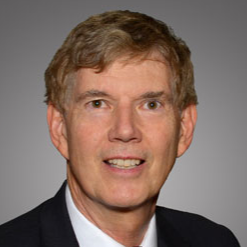 Resource Opportunities (R.O.) is an investment newsletter founded by geologist Lawrence Roulston in 1998. The publication focuses on identifying early stage mining and energy companies with the potential for outsized returns, and the R.O. team has identified over 30 companies that went on to increase in value by at least 500%. Professional investors, corporate managers, brokers and retail investors subscribe to R.O. and receive a minimum of 20 issues per year. Twitter:
Resource Opportunities (R.O.) is an investment newsletter founded by geologist Lawrence Roulston in 1998. The publication focuses on identifying early stage mining and energy companies with the potential for outsized returns, and the R.O. team has identified over 30 companies that went on to increase in value by at least 500%. Professional investors, corporate managers, brokers and retail investors subscribe to R.O. and receive a minimum of 20 issues per year. Twitter: 
